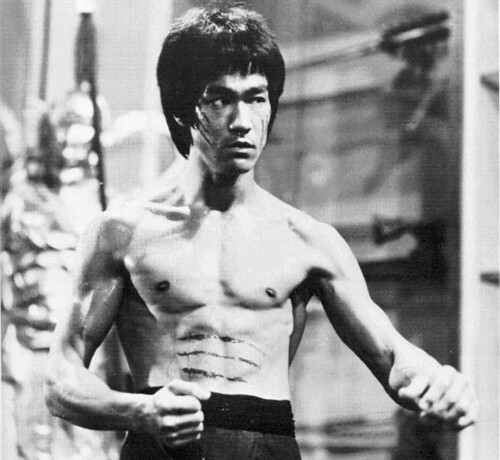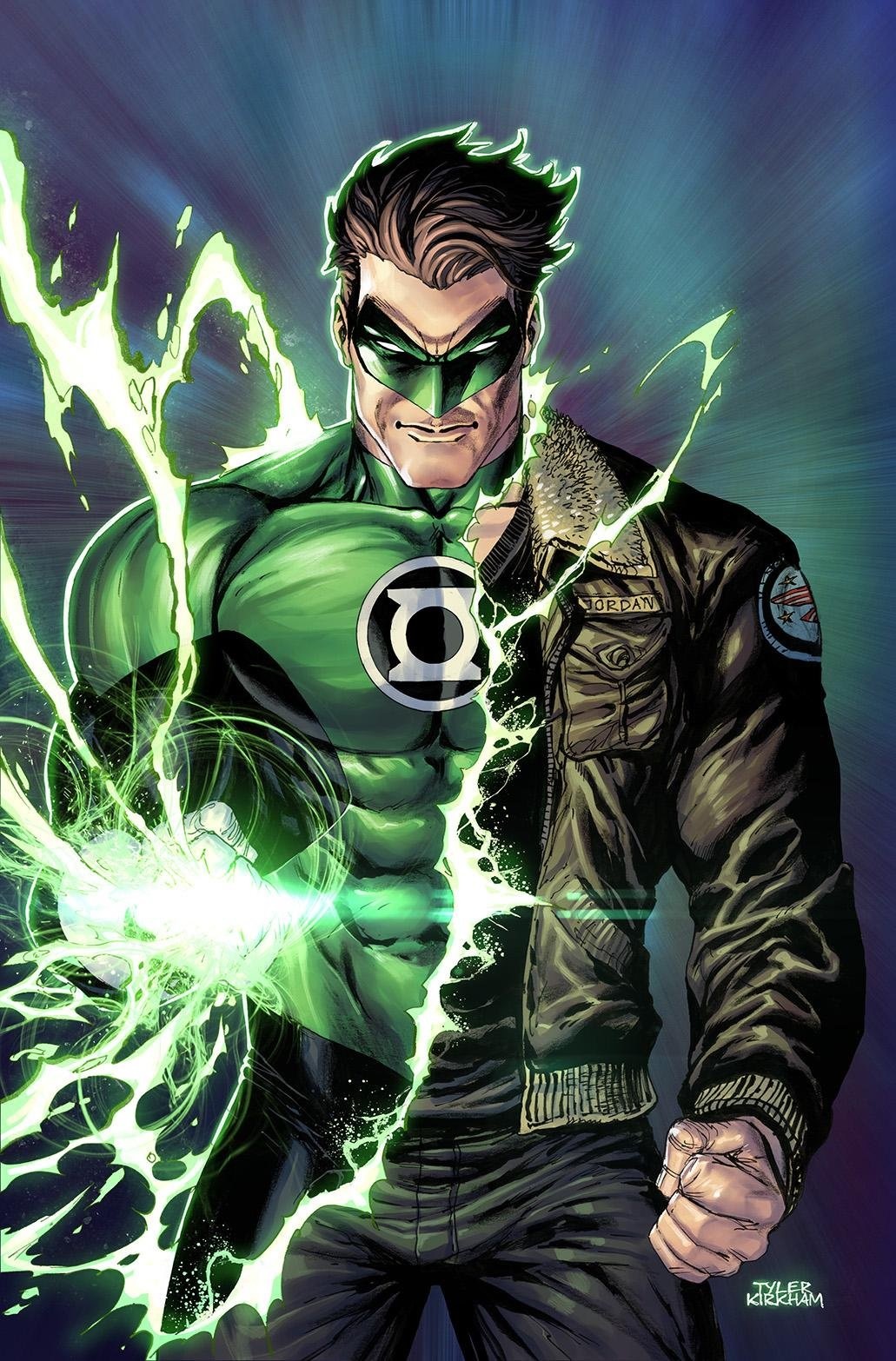As I was watching the
Justice League movies today, I couldn't help but notice that the physiques of all the heroes were pretty cookie-cutter body types. Pretty much all the male heroes share the same archetypal body shape, as do the females. (I realize this is an issue endemic in the comic book world.)
As an anatomy student who frequently thinks about biomechanics, I was reminded of this very unscientific and anecdotal
Quora post. The question was
How often do you see soldiers in the military with muscular physique like Schwarzenegger? Quick answer: not often.
I realized that superheroes, for whom agility and speed should take higher precedence than strength, on average should look more wiry and lean. If having superpowers didn't defy the laws of bodily physics, I wonder what superhero physiques would more plausibly look like.
 |
| Maybe superheros should more closely resemble military physiques. Photo: military recruits training for Physical Fitness Test (PFT) [Source] |
The Flash, who by freak lightning-induced-chemical-spill accident, gains the power of speed and even the power to control molecular vibrations, should look more like Eluid Kipchoge, my personal idol and world-record holder of the marathon. (Unless part of The Flash's superpower precludes oxidative metabolism.)
Batman, who excels in hand-to-hand combat, stealth, agility, and superhuman reflexes, shouldn't be encumbered by all that extra muscle mass. After all, he's not as much as a heavy-hitter as much he is economical with his arsenal of moves, ranging from
jiu-jitsu to his utility belt (endless supply of Batarangs, anyone?). As such, maybe he'd more believably resemble Bruce
Lee.
The Green Lantern–and as a matter of fact, all members of the Green Lantern Corps–can be anywhere, theoretically, ranging from near emaciated to the opposite. The power ring gives the power to fly through space, generate force fields, act as laser beam, etc. In other words, it sounds as though the power ring (with willpower) does all the work. If Hal Jordan weren't a civilian(?) fighter pilot and thus weren't under stringent physical exams to be able to withstand G-forces, maybe he'd manifest a much more average physique.
 |
| Human devolution as seen in Disney Pixar's WALL-E |
Lastly for now, Wonder Woman, if she weren't a warrior already forged out of clay by Greek gods, would undoubtedly possess the body of the explosively powerful Simone Biles. Gymnasts excel in calisthenics, acrobatics, speed, resilience, flexibility, and grace (arabesque, anyone?), all skills that I imagine would befit an Amazonian princess.
 |
| Simone Biles takes a leap on the floor. [Source] |
Well, that was fun. It's entertaining to think about the cultural influence that the comic book industry and its derivatives continue to have to today. I understand that superhero fiction is a genre that demands we suspend our disbelief to indulge in a world where relatively straightforward problems (good guy-bad guy dichotomy) are solved cleanly and predictably. If superheroes represent the type of person we want to be in this world, it can't hurt to have stylistic abstractions of superheroes that look a little more like a diversity of real people.











No comments:
Post a Comment